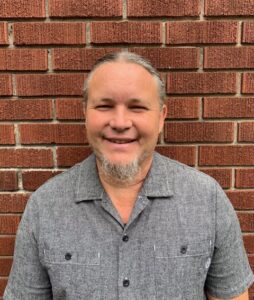
On August 9th, 2015, we got our first warning that something different was happening to the drug supply in Canada.16 overdoses in one day in Vancouver was enough to sound alarm bells across the country.
Government policies to address the prescription drug crisis led to massive deprescribing of pharmaceutical opioids and resulted in thousands of Canadians who were dependent on these medications to the streets to source drugs to ease their pain and the drug they found there was fentanyl.
This day marked the end of the prescription opioid crisis and the beginning of something much, much worse—the toxic drug crisis.
Around this time in Ontario, we were watching as the first wave of the toxic drug crisis was making its way from west to east and Ontario was not ready.
The tools we needed but didn’t have in place were take home naloxone,
low barrier access to opioid agonist treatment, and supervised consumption services.
These services were just getting up and running when the toxic drug crisis hit Ontario. And we were immediately overwhelmed by demand.
Fentanyl is a short acting opioid, meaning that people needed to dose more frequently to maintain the effect and that they were in withdrawal more frequently. While all opioids carry risk of overdose, fentanyl was by far the highest risk and so people wanted more of their injections supervised. Our sites were not big enough to meet the demand and so people did the next safest thing they could do which was to inject just outside of our doors, knowing that we were there to respond if they overdosed. Going two blocks away was potentially lethal.
We saw a rapid shift in our communities away from injecting unregulated drugs to smoking them and we were not prepared for that. When we were planning the sites, people were primarily smoking crack cocaine in Ottawa and there was no contamination of the cocaine supply in the pharmaceutical opioid crisis. And so, people began to smoke their drugs around our sites for the same reason as above.
It was not just consumption sites that were impacted.
Naloxone wasn’t as effective in reversing opioid overdose and multiple doses were required to revive people.
Opioid agonist treatment, the gold standard in treating opioid use disorder was also less effective in the face of a toxic drug supply.
- Measuring treatment attrition at various stages of engagement in Opioid Agonist Treatment in Ontario Canada using a cascade of care framework
What was shocking news in August 2015 is now the common experience in big and small cities in Canada that have been hit with the toxic drug crisis. While there are those that would blame consumption sites or harm reduction in general for decades of social policy failure, we turned to people who use drugs to ask them what we needed to do. This is what they told us:
Address the safety needs of people who use drugs to reduce trauma to the individual and, subsequently to the neighborhood. This includes access to pharmaceutical alternatives to the toxic drug supply. Access to drug checking should be scaled up.
Address the stigma they experience accessing health care and social services that is triggering their trauma and sense of disconnection.
Build safer spaces indoors and outdoors for people who use drugs. This includes smoking spaces but also community and recreational spaces. They should not all be concentrated in one area of the city.
Engage people who use drugs in the solution to public disorder and safety as they also live in these communities and are often the most victimized. We have learned that they have the best ideas on how to address these concerns in a sustainable way.
https://ottawacitizen.com/news/local-news/block-leaders-drug-users-homeless-byward-market
Give people who use drugs more access to low barrier treatment and make injectable opioid agonist treatment services as a first line treatment for people who inject drugs.
More access to mental care and treatment for complex trauma for those who need it.
Provide a range of safe, affordable housing. Provide opportunities for employment.
It is urgent that governments at all levels across the country make the investments necessary to address the scale of this humanitarian crisis that is devastating people, impacting communities and threatening economic prosperity.








